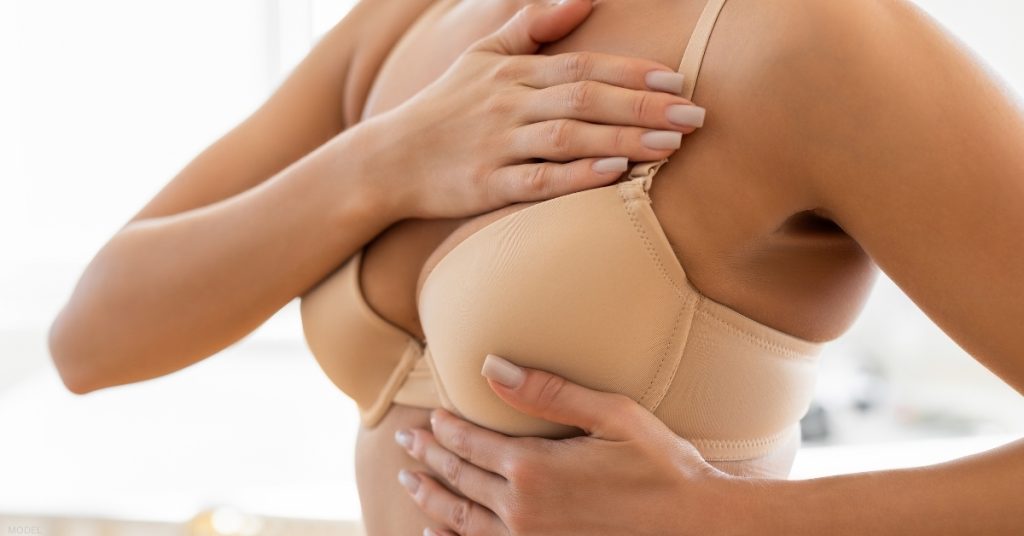Women (and even physicians!) often ask if it’s safe not to remove the nipple during a mastectomy. The short answer is yes. Statistics have shown it is oncologically safe to preserve the nipple during mastectomy. To discover how the standard progressed from radical mastectomy to the current skin and nipple-sparing standard of care, keep reading.
Nipple-Sparing Mastectomy Safety
When nipple-sparing mastectomy was first introduced, people worried it might raise the risk of cancer recurrence and death. Studies now show that recurrences, when they happen, typically occur near the original tumor site—not the nipple or areola. Large studies have also confirmed that women who undergo nipple-sparing mastectomy do not have higher recurrence rates than those who have traditional mastectomy.
A Short History of Mastectomy
Nipple-sparing mastectomy has gained traction as the standard of care for breast reconstruction. It has taken a while to get to this point. When breast cancer surgery was first designed, the concept was that cutting away more tissue would clear away more disease and result in better cure rates.
In fact, the first surgery designed to cure breast cancer was very traumatic—it was called a Halsted radical mastectomy and was aptly named, as the underlying muscles and all the skin were removed. Radical mastectomies left women deformed.
Surgeons have worked to improve cosmetic outcomes while still curing disease. Procedures have moved away from the idea of taking as much as possible and worked toward leaving behind what we feel is safe and will not increase the risk of future disease. Over time, less radical surgeries, such as a two-step mastectomy plus an expander, became the standard.
Two-Step Mastectomy Plus Expanders Explained
When this procedure first was implemented, the nipple was removed, and a deflated implant shell (the expander) was placed at the time of mastectomy. The expanders were pumped up with saline over several months to slowly stretch the skin and muscle to allow for an implant to be placed during a second surgery.
In a second surgery, the expanders were removed, and implants that were softer and more natural-looking were left in place. Although the cosmetic results of this procedure were far superior to radical mastectomy, doctors felt they could improve upon this by preserving the skin and the nipple.
Now, many women have nipple-sparing mastectomy with one-stage reconstruction.
The Transition to Skin and Nipple-Sparing Mastectomy
As these nipple-sparing procedures were increasingly performed, studies showed that there was no additional recurrence of cancer by leaving this tissue. We felt comfortable that preservation of the skin was a safe and reasonable option. We continued to push the envelope and retain the nipple—statistics on nipple sparing showed that retaining the nipple does not increase the risk of recurrence (as compared to non-skin sparing mastectomies).
Over time, skin and nipple-sparing mastectomy has become the standard of care, with beautiful, aesthetic results and excellent safety for patients. You can learn more about the benefits of nipple-sparing mastectomy in our related blog post.
Getting Expert Help
If you’re considering your options for breast cancer surgery or reconstruction, we encourage you to request a consultation to learn more about what’s right for you. You can also call us at (310) 278-8590 to book an appointment. Our team is here to support you with compassionate care and expert guidance every step of the way.





Leave a Reply